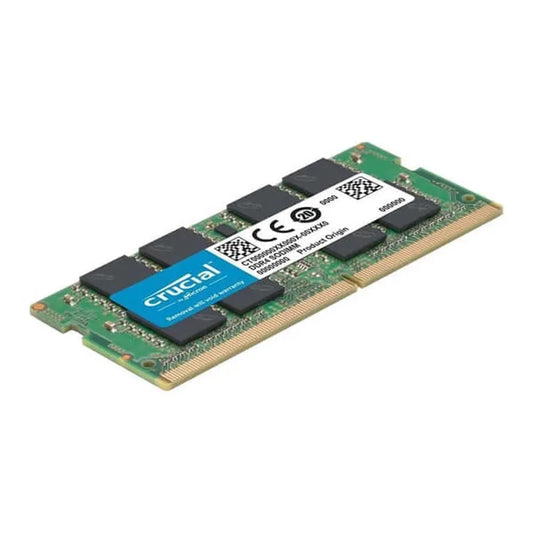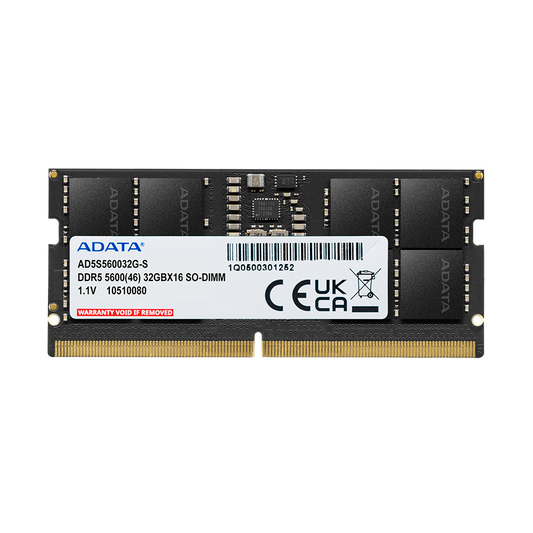Understanding the Importance of Laptop RAM
Introduction to Laptop RAM
Random Access Memory, commonly known as RAM, is a fundamental component of any computing device, including laptops. It serves as temporary storage that allows a laptop to access data quickly and efficiently. Think of RAM as a workbench where the laptop's processor can actively work on multiple tasks simultaneously without constantly accessing the hard drive.
Role of RAM in Laptop Performance
Speed and Responsiveness
One of the primary roles of RAM is to enhance a laptop's speed and responsiveness. When you open applications or files on your laptop, they are loaded into the RAM for quick access by the processor. A larger RAM capacity enables the system to handle more data at once, reducing loading times and enhancing the overall speed of your laptop.
Multitasking Capabilities
Laptop RAM significantly impacts multitasking capabilities. For instance, if you're working on multiple applications simultaneously—browsing the internet, streaming music, editing documents—the amount of RAM determines how smoothly and efficiently your laptop can handle these tasks. Higher RAM capacities allow for seamless multitasking without slowing down the system.
Gaming and Graphics Performance
In gaming laptops or those used for graphic-intensive tasks like video editing or 3D modeling, RAM plays a crucial role. Games and graphics-heavy applications require substantial memory to store textures, models, and other data for quick access. Insufficient RAM might lead to lags, lower frame rates, or even crashes while running such applications.
Factors Affecting Laptop RAM Performance
RAM Capacity
The capacity of RAM is measured in gigabytes (GB) and determines how much data the laptop can handle at a given time. Common laptop configurations may range from 4GB to 16GB or more. For everyday tasks like web browsing and document editing, 8GB of RAM is typically sufficient. However, for demanding tasks such as gaming or professional software usage, 16GB or higher might be more suitable.
RAM Type and Speed
Different generations of RAM, such as DDR3, DDR4, and DDR5, offer varying speeds and efficiencies. Newer generations tend to be faster and more power-efficient. The speed at which RAM operates (measured in MHz) also influences performance. Faster RAM can lead to improved overall system performance, especially in tasks that require rapid data retrieval.
Upgrading Laptop RAM
Compatibility Considerations
Before upgrading your laptop's RAM, it's crucial to check compatibility with your laptop model. Factors such as the maximum supported RAM capacity and supported RAM type (DDR3, DDR4, etc.) vary between laptops. Checking the manufacturer's specifications or consulting a technician can ensure a successful RAM upgrade.
Benefits of RAM Upgrades
Upgrading RAM can breathe new life into an older laptop, significantly improving its performance. It allows for smoother multitasking, faster application loading times, and better overall responsiveness. However, it's essential to weigh the cost of upgrading against the potential performance gains, especially in older laptops.
Conclusion
Laptop RAM serves as a critical component that directly influences its performance and capabilities. Understanding its significance and how it impacts the laptop's speed, multitasking abilities, and overall performance can guide users in making informed decisions, whether purchasing a new laptop or considering an upgrade to existing hardware. Investing in sufficient and compatible RAM ensures a smoother and more efficient computing experience.


